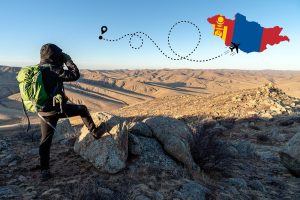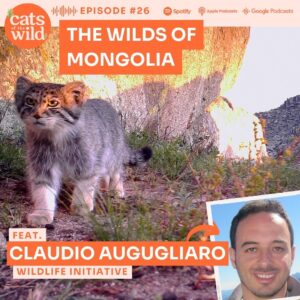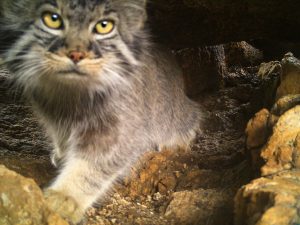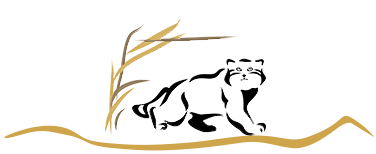Our lovely conservationist mates: The nomads of the Mongolian Steppe!
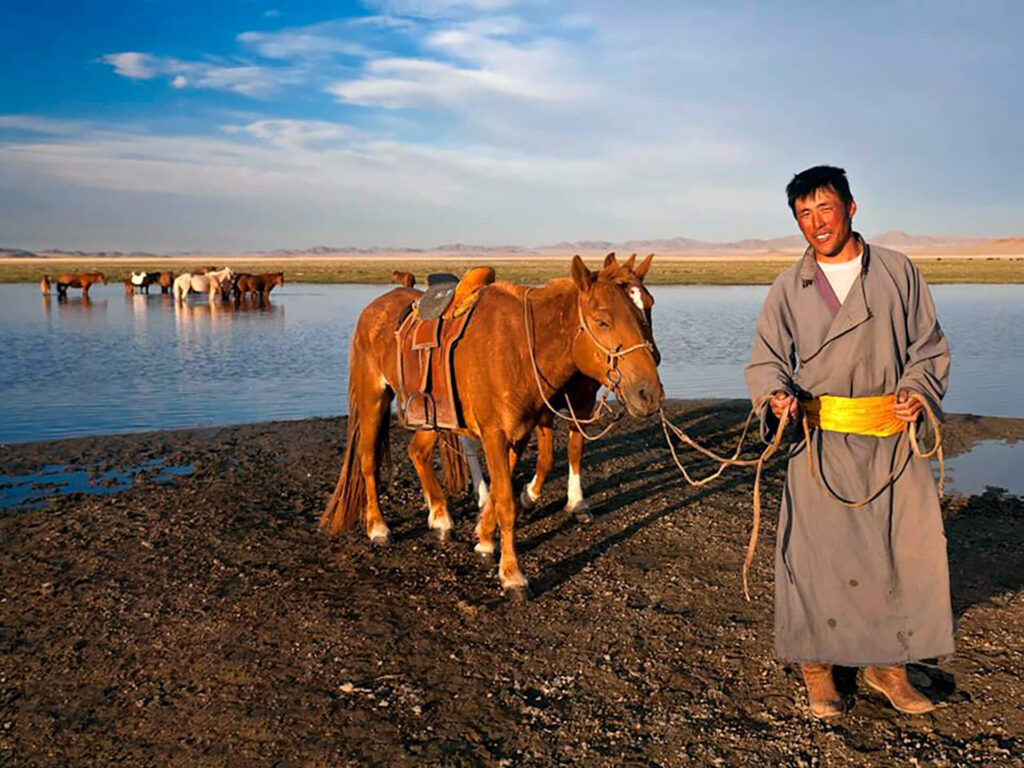
COEXISTENCE IS POSSIBLE!
We think that the idea of wildlife conservation widespread according to public opinion, expects the exclusion of humans from its environment. It is likely because of the huge distance developed in the last centuries between people inhabiting cities and the surrounding environment. Due to their living conditions, these people can easily solve human-wildlife conflicts by “dividing” each other, removing human settlements from areas less impacted by human activities and infrastructures.
Nevertheless, human-wildlife coexistence is possible and necessary to protect nature.
First of all, we need to consider some assumptions:
- humans belong to Homo sapiens, which is a species like any other and, that exactly like the others, has the right to live on our planet and use its natural resources;
- there are sustainable ways to use the natural resources.
Based on these assumptions we can develop the right formula for a successful and correct conservation approach, which consists in “allowing the human presence with a sustainable use of the natural resources and adopting measures to mitigate any human-wildlife conflict when necessary”.
We have been very lucky to work in the Mongolian steppe where most of the Mongolians live under a traditional nomadic lifestyle. That has helped us to understand that humans can coexist with wildlife, keeping a high biodiversity.
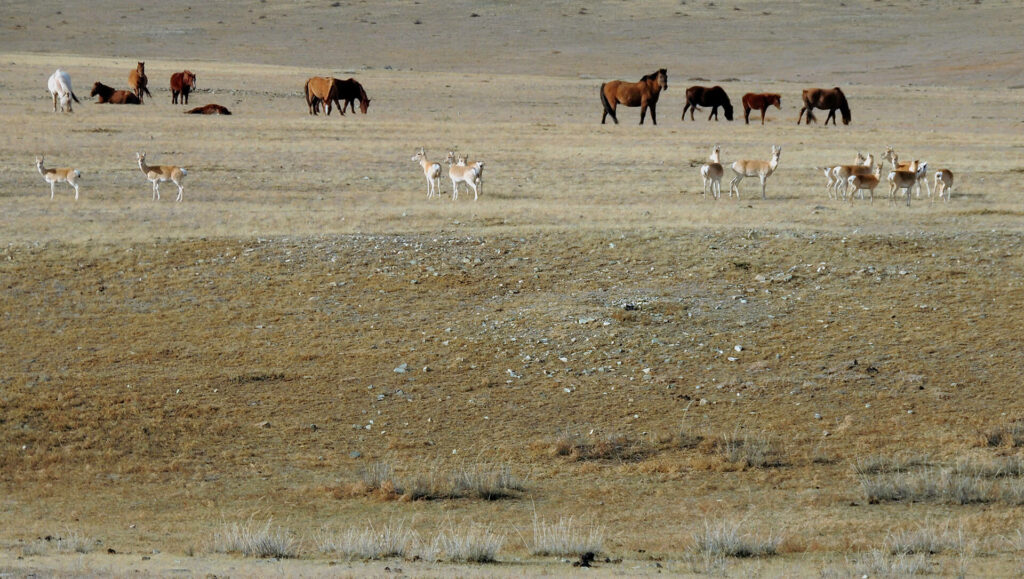
photo: Claudio Augugliaro
THE STEPPE
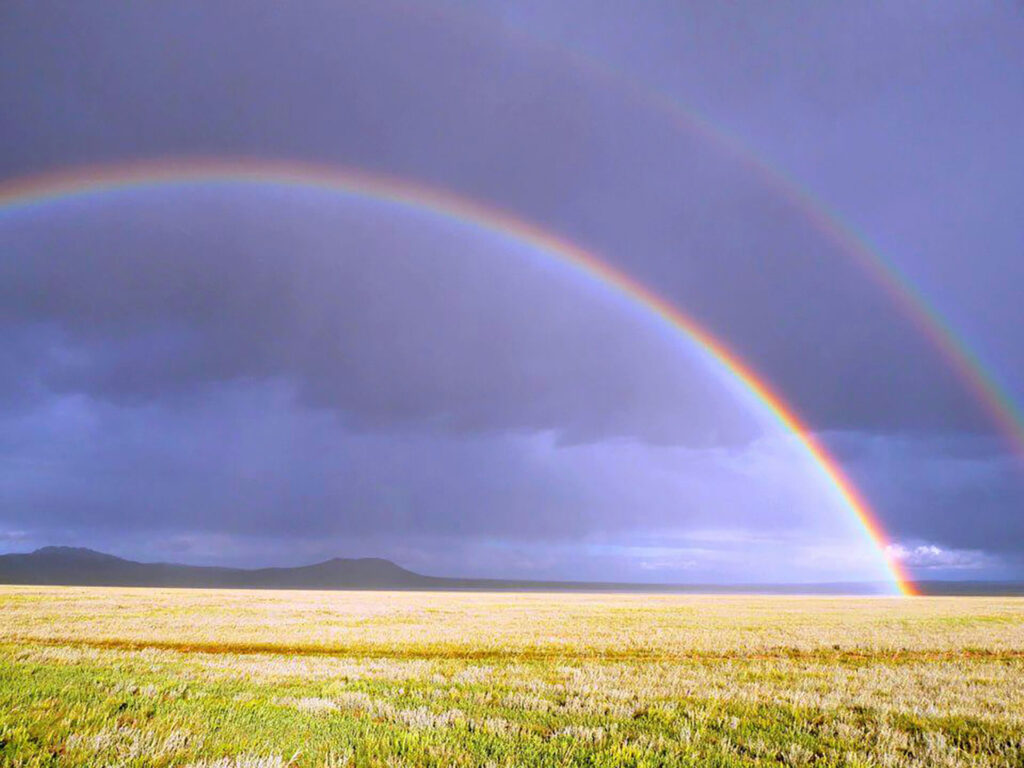
‘Pampa’, ‘plain, ‘poesta’, ‘prairie’, ‘steppe’ indicate semi-arid to sub-humid areas carrying an herbaceous plant cover that is the climax vegetation of those regions. In these regions the climate is too arid for the development of forests, but there is enough moisture to develop a closed perennial herb layer, which lacks in the desert. The vegetation primarily includes graminoids, forbs, and shrubs.
At the end of the Eocene (34 million years ago) the conditions became dryer, and a grassy vegetation began to develop in the Eurasian landscapes.
In the Oligocene (from about 33.9 million to 23 million years ago) the modern grassland vegetation types, as we know them today, appeared. During the Oligocene several families of rodents and ungulates emerged for the first time.
During late Glacial times about 12000 years ago, the Mongolian steppe extended until the present position.
Nowadays, the steppe landscape is highly affected by human activities and you can still find relatively intact steppes only in Central Asia, especially Mongolia . “Relatively”… because the desertification process, accelerated by overgrazing, is severely threatening some areas of the Mongolian steppe. However, we have some (almost) happy cases where humans and wildlife coexist well.
THE NOMAD HERDERS of the MONGOLIAN STEPPE.
The Mongolian nomads are very quiet people, that do not hesitate to welcome you in their ger (the traditional Mongolian tent), to offer you a Mongolian tea. Their daily life is scanned by the same actions repeated generation by generation since thousands of years ago. Observing them is like observing history running in those places.
Recently, we involved them as research assistants teaching them to replace SD cards and batteries and set our camera traps arrayed on the rocky areas across the Bayan Onjuul district.
For the first time in their life they saw wildlife as something useful without being killed.
For instance, wildlife has never represented for herders an alternative income as “alive”, but only asmeat or fur! Their approach to wildlife is now more curious and they are starting to understand that each species has a role in the ecosystem. They are now less incline to shoot animals and they are starting to explain to their fellow citizens how important wildlife is. However, we all have to thank their traditional lifestyle if wildlife in Mongolia is still very rich.
Spending time in our camp with local people is really a kind of celebration every single day!
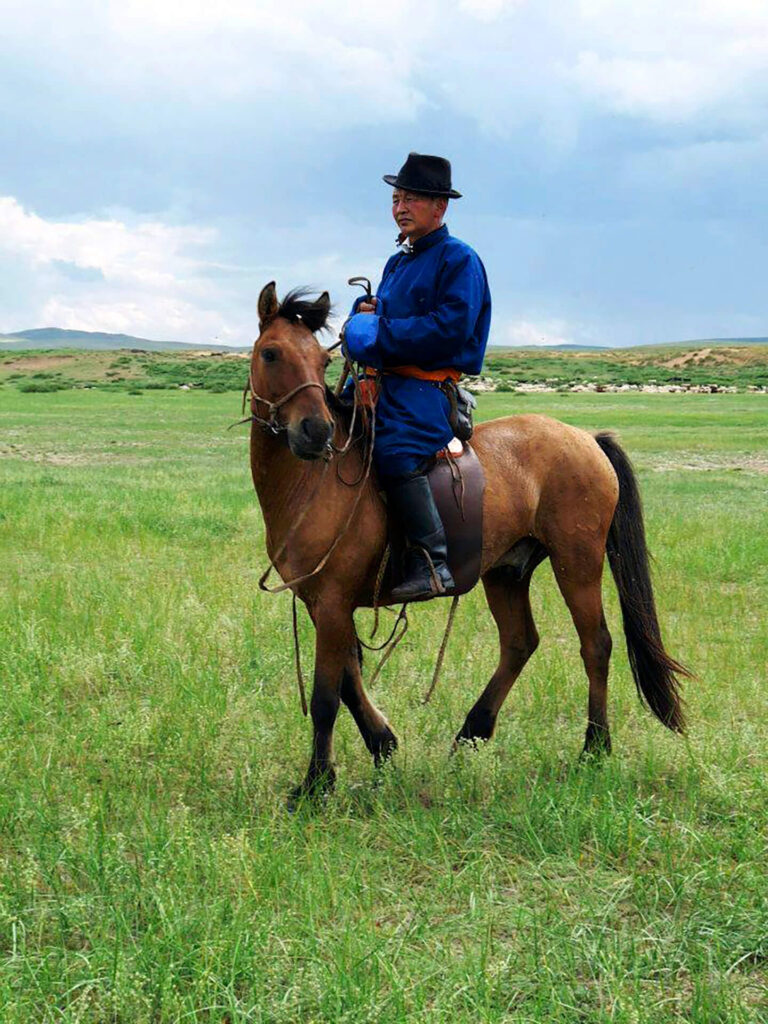
The (almost) happy case!
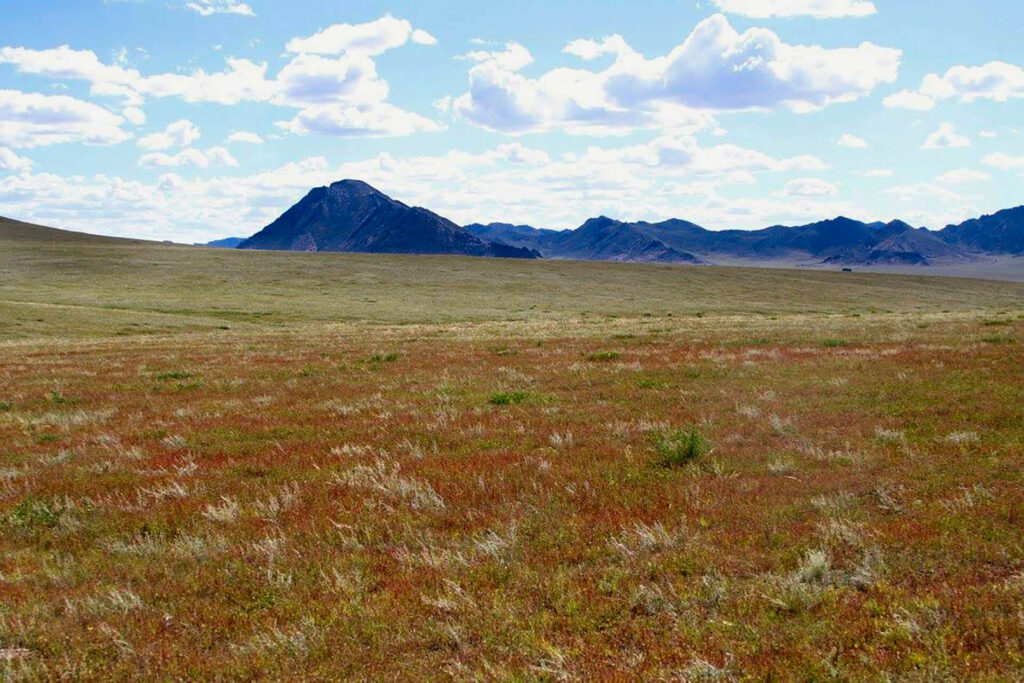
During the last years (mainly since 2017) Wildlife Initiative has been working in a wonderful area located in S. Tuv province, where, after an intensive survey, over 30 species of non–volant mammals have been found.
(see “Non-volant mammal inventory of western Mongolian-Manchurian Grassland Ecoregion: a biogeographic crossroad worth preserving” https://www.wildlifeinitiative.org/scientific-production/).
Despite the area is occupied by herders’ families, the diversity of wild animals and plants is really remarkable, demonstrating that coexistence is possible!
However, some issues kept our alert high.
Indeed, even if hunting activities are reduced by locals, it is still implemented by people living in the adjoining districts or in Ulaanbaatar. We have also suspected some dog-wolf hybridization. Furthermore, a mineral extraction has started a few km from the wildlife hotspot area.
Therefore, our presence is very important to watch out for potential wildlife decline in the area!


